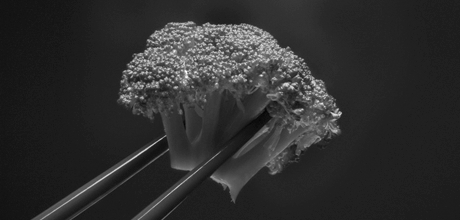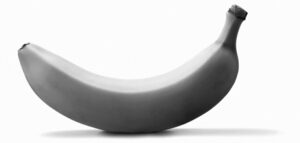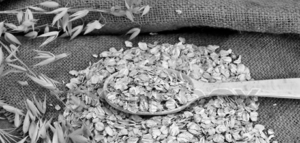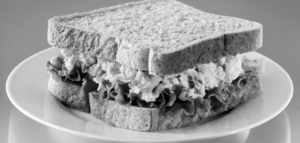The word ‘Protein’ stamped on packaging is a sure-fire way to make a sale, as the nutrient has been marketed as the answer to getting a strong, lean physique.
And protein shakes are considered the ultimate post-workout accessory. But how much should we really be eating?
Protein provides the building blocks for everything from muscles to skin and hair, so there’s no doubt it’s vital.
When you exercise, you beak down muscle and need protein to rebuild it, especially if you’re doing resistance training.
How much you need depends on how often and hard you work out, the type of exercise you do, your size…It’s far from an exact science.
If you take the average woman who goes to the gym, whether she’s doing cardio or weights, it’s believed 1–1.2g of protein per kg body weight a day is enough. Compared with 0.8kg per kg body weight for the average person who doesn’t wok out.
Most people achieve this easily. Often people forget things like bread and pasta contain protein. There’s nearly 6kg in 100g of wholewheat pasta, for example. Other sources include red meat, poultry, fish, cheese and eggs.









